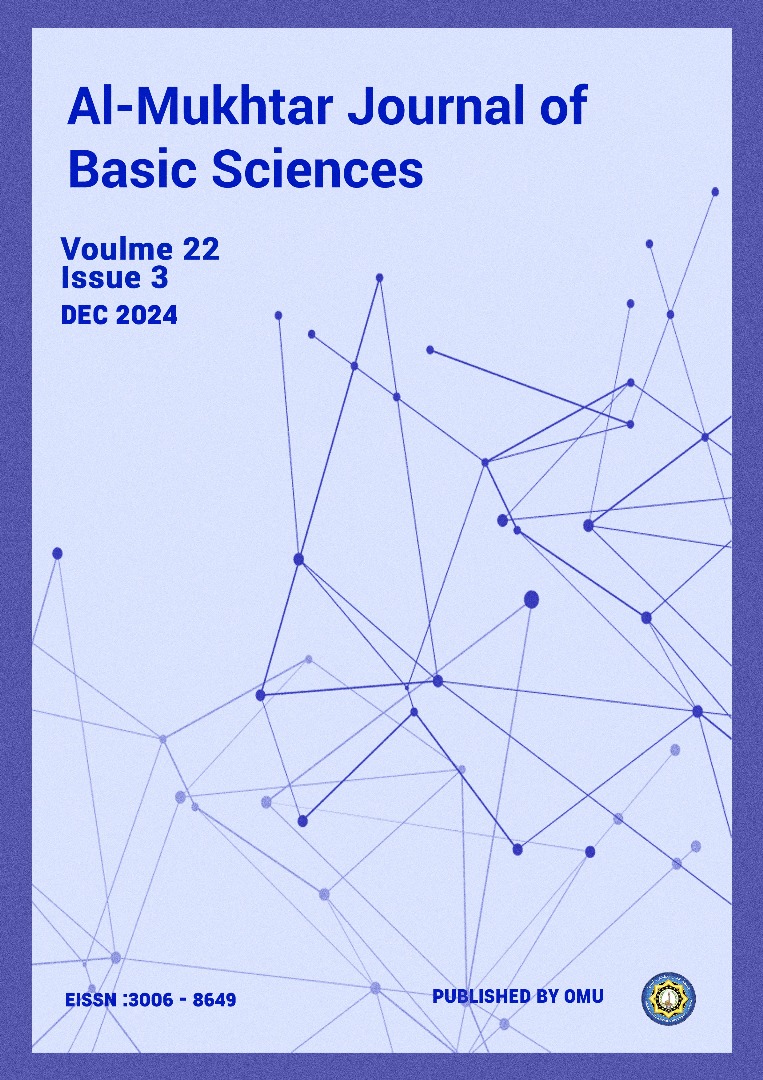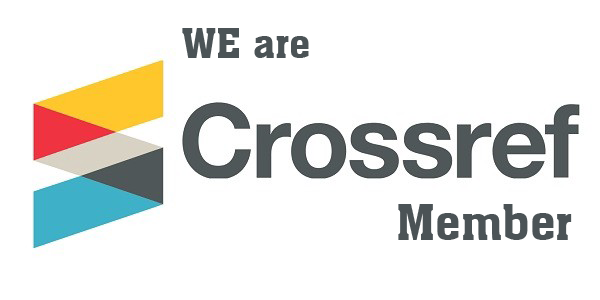Foraging Behaviour of Apis mellifera Responses to the Position of Apple Flowers (Malus domestica)
DOI:
https://doi.org/10.54172/fe4jrt92Keywords:
Apis mellifera, The Upper and Down Region, Foraging Behavior, Apple FlowerAbstract
This study was conducted to investigate the effect of flower height on the number of worker bees, Apis mellifera, and its effect on the foraging behavior during its visit to the flowers of Malus domestica. The flowering region of the tree was divided into two equal heights, and the number of honey bee visitors and foraging behavior during the first hours of the day were monitored and calculated. The two regions showed apparent significant differences in the average number of nectar collections at 11:00 am, the highest number of visitors was recorded in the upper region 96.0 ± 6.0 workers/m2, and the lower region of nectar with an average of 84.0±3.3 workers/m2, and the lowest rates were recorded in the upper region of nectar, with an average of 73.3 ±63.3 workers/m2 at 12 noon. At 9:00 am, the lower region of nectar was recorded with an average of 36.6 ± 4.6 workers/m2. The two regions had the highest average number of pollen collectors. At 9 am, the upper region recorded 25.3 ± 0.4 workers /m2, and the lower region recorded 13.3±0.77 workers/m2. The lowest rates were recorded in the upper region7.00±0.9 workers/m2 at 11:00 am. At noon, the average area recorded 3.6±0.1 workers /m2.The result revealed no significant differences in the handling time in the two regions during the nectar collection. However, differences were recorded in the traveling time in the lower region only for nectar collectors; we conclude that the tree's height affected the behavior of the honey bee workers during the search for food and pollen collection.
References
Bataw, A. A., & Shareef, N. K. (2018). Foraging Behaviour of Honey Bees Apis mellifera Linn. Visiting The Flowers of Some Wild Plants in Eljabal Alakhder-Libya. . Al-Mukhtar Journal of Sciences 33 (2): 112-118.
Bataw, A. A. (1996). Pollination ecology of cultivated and wild raspberry (Rubus idaeus) and the behaviour of visiting insects. University of St. Andrews (United Kingdom).
Benedek, P., Molnár, G. K., & Nyéki, J. (2000). Nectar production of pear (Pyrus communis L.) cultivars. International Journal of Horticultural Science, 6(3), 67-75.
Brown, M. J., & Paxton, R. J. (2009). The conservation of bees: a global perspective. Apidologie, 40(3), 410-416.
Jordan, C. Y., Natta, M., & Harder, L. D. (2016). Flower orientation influences the consistency of bumblebee movement within inflorescences. Annals of Botany, 118(3), 523-527. doi: 10.1093/aob/mcw132
Corbet, S. A. (1978). Bee visits and the nectar of Echium vulgare L. and Sinapis alba L. Ecological Entomology, 3(1), 25-37.
Essa, S. Y., & Bataw, A. A.(2020). Foraging Behavior of Apis mellifera Linn. Visiting Some Plant Flowers in Aljabal Alakhder Region –Libya. Al-Mukhtar, Journal of Sciences 35 (3): 173-180.
Gegear, R. J., & Laverty, T. M. (2004). Effect of a colour dimorphism on the flower constancy of honey bees and bumble bees. Canadian Journal of Zoology, 82(4), 587-593.
Joshi, N. C., & Joshi, P. C. (2010). Foraging behaviour of Apis spp. on apple flowers in a subtropical environment. New York Science Journal, 3(3), 71-76.
Khanduri, V. P., & Sharma, C. M. (2002). Pollen production, microsporangium dehiscence and pollen flow in Himalayan cedar (Cedrus deodara Roxb. ex D. Don). Annals of Botany, 89(5), 587-593.
Lau, P., Bryant, V., Ellis, J. D., Huang, Z. Y., Sullivan, J., Schmehl, D. R., ... & Rangel, J. (2019). Seasonal variation of pollen collected by honey bees (Apis mellifera) in developed areas across four regions in the United States. Plos one, 14(6), e0217294. https://doi.org/10.1371/journal.pone.0217294
Malerbo-Souza, D. T., Nogueira-Couto, R. H., & Couto, L. A. (2004). Honey bee attractants and pollination in sweet orange, Citrus sinensis (L.) Osbeck, var. Pera-Rio. Journal of Venomous Animals and Toxins including Tropical Diseases, 10, 144-153.
Mattu, V. K., Raj, H., & Thakur, M. L. (2012). Foraging behavior of honeybees on apple crop and its variation with altitude in Shimla hills of western Himalaya. International journal of science and nature, 3(2), 296-301.
Merti, A. A. (2003). Botanical Inventory and Phenology in Relation to Foraging Behaviour of the Cape Honeybees (Apis Mellifera Capensis) at a Site in the Eastern Cape, South Africa (Doctoral dissertation, Rhodes University).
Morse, R. A., & Calderone, N. W. (2000). The value of honey bees as pollinators of US crops in 2000. Bee culture, 128(3), 1-15.
Pleasants, J. M. (1981). Bumblebee response to variation in nectar availability. Ecology, 62(6), 1648-1661.
Rust, R. W., Vaissière, B. E., & Westrich, P. (2003). Pollinator biodiversity and floral resource use in Ecballium elaterium (Cucurbitaceae), a Mediterranean endemic. Apidologie, 34(1), 29-42.
Sharma. H.K., Gupta, J.K., & Thakur, J.R. (2004). Effect of bee pollination and polliniser proportion on apple productivity. Acta Horticulture, 662:451 - 454.
Shareef, N. K., Marwah Y. H. Almabrouk, Salma Y. Essa, & Ali A. Bataw (2022). Changes in Temperature and Humidity and their Effect on Activities of Apis mellifera L. Workers Visiting some Wild flowers in the Aljabal Al-Akhder. Al-Jabal Academy Journal of Pure and Applied Sciences, 1 (1): 01-09.
Silva, E. M., & Dean, B. B. (2000). Effect of nectar composition and nectar concentration on honey bee (Hymenoptera: Apidae) visitations to hybrid onion flowers. Journal of Economic Entomology, 93(4), 1216-1221.
Wang, H., Tie, S., Yu, D., Guo, Y. H., & Yang, C. F. (2014). Change of floral orientation within an inflorescence affects pollinator behavior and pollination efficiency in a bee-pollinated plant, Corydalis sheareri. PLoS One, 9(4), e95381. doi: 10.1371/journal.pone.0095381
Willmer, P. G., Bataw, A. A. M., & Hughes, J. P. (1994). The superiority of bumblebees to honeybees as pollinators: insect visits to raspberry flowers. Ecological Entomology, 19(3), 271-284.
Downloads
Published
Issue
Section
License
Copyright (c) 2024 Salma Y. Essa, Nesreen K. Shareef, Marwah Y. H. Almabrouk , Ali A. Bataw (Author)

This work is licensed under a Creative Commons Attribution-NonCommercial 4.0 International License.
Copyright of the articles Published by Al-Mukhtar Journal of Basic Sciences (MJBS) is retained by the author(s), who grant MJBS a license to publish the article. Authors also grant any third party the right to use the article freely as long as its integrity is maintained and its original authors and cite MJSc as the original publisher. Also, they accept the article remains published by the MJBS website (except in the occasion of a retraction of the article).












